7 Sewing Machine Brands All Sewers Love and Trust
Did you know that Elias Howe came up with another way to make clothes. He patented the first practical American sewing machine in 1846. Sewing machines have come a long way since their beginning, and today we are talking about the top sewing machine brands.
Table of Contents
Top 7 Sewing Machine Brands
When exploring the top sewing machines available, you’ll often come across renowned brands such as Brother, Singer, Bernina, Juki, and Janome.
Additionally, Pfaff and Husqvarna Viking are also highly regarded as good sewing machines. Both options are exceptional, although their unique distinguishing features are yet to be fully explored. Rest assured, opting for any of these most popular sewing machine brands will likely lead to a satisfying sewing experience.
Singer Sewing Machine
Let’s begin with a name that is universally recognized: Singer. Even those who have never held a needle can easily identify this famous brand. Perhaps you’ve even contemplated the idea of stumbling upon an antique Singer and selling it at a substantial profit. While rare cases like the Red S Singer Featherweight have fetched prices as high as $2,100, vintage models typically don’t exceed $300 in value.
Singer has always been known as high-quality sewing machines and is such a popular brand among sewers who need the essentials like a foot pedal, straight stitch, automatic thread cutter, presser feet and the ability to speed control.
If you take a moment to browse sewing machines, you’ll primarily encounter two major brands: Singer and Brother. Following closely behind are Juki and Janome. These four brands seem to be the preferred choices among regular consumers for home use and possibly even professionals.
History of singer
In 1850, Isaac Merritt Singer introduced the groundbreaking Standard 1, the world’s first practical sewing machine capable of producing straight stitches.
By 1853, the company relocated to New York and underwent a name change to Singer Manufacturing Company. The initial machines were sold for $100, marking a significant milestone in the history of machine manufacturing.
This marked the beginning of a sewing revolution. While a skilled hatter could manage 7 loops per minute, Singer’s machine accomplished an astonishing 347 loops per minute. What once took 14 hours to sew a man’s shirt by hand could now be completed in just 1 hour and 16 minutes using the sewing machine.
In 1855, Singer’s brand earned the prestigious first prize in sewing machines at the World’s Fair in Paris, solidifying its position as the leading global manufacturer of sewing machines.
Continuing their legacy of innovation, Singer became the first company to introduce sales on installment in 1856 and went on to become the first multinational corporation in 1857.
As Singer celebrated its 100th anniversary in 1950, its sales reached an impressive figure of $307.8 million.
In a more recent development, in 2017, the company unveiled the world’s first Sewing Assistant App, offering sewing assistance to individuals regardless of their location. This app served as a remarkable advancement in providing sewing help and support to a wider audience.
Are Singer sewing machines good?
Singer sewing machines have earned their reputation as one of the most popular brands worldwide. In essence, Singer machines are highly regarded, although they are not flawless, and it’s not uncommon to find negative reviews for specific models, which is the case with most products we purchase.
One of the advantages of Singer machines is their versatility in catering to various budgets. Whether you’re looking for a budget-friendly option or a higher-end model, Singer ensures durability, superior quality, and user-friendly features.
If you have a budget exceeding $200 and seek one of the finest Singer models available, the Singer 4423 is worth considering. This machine receives significant appreciation from professionals and garners high praise. Beginners will need to carefully read the manual, pay attention to the instructions, and invest some time to familiarize themselves with its operation.
Most bought Singer new sewing machine

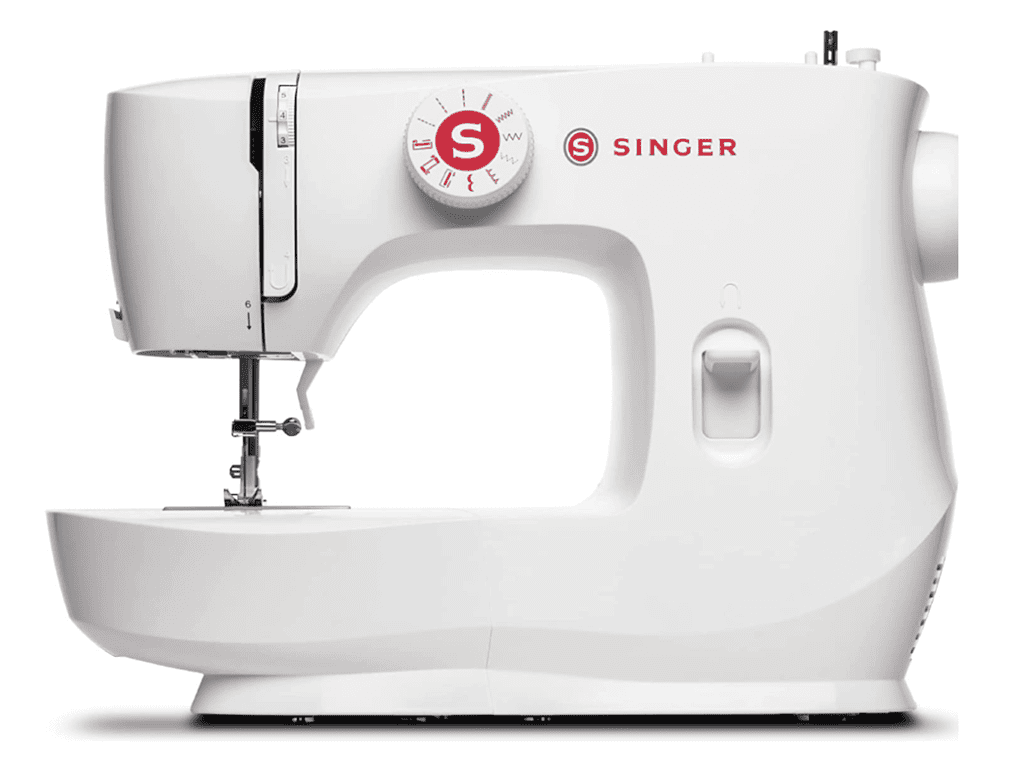
Brother Sewing Machine brands
Having discussed the renowned Singer brand and its journey, let’s now turn our attention to its closest competitor in the sewing machine industry. This particular brand happens to be one of my personal favorites among the top contenders for the best sewing machine brands.
While it may not enjoy the same level of instant recognition as Singer, it is undeniably a fantastic manufacturer in its own right.
The history of Brother
With a rich history spanning over 100 years and a presence in 44 countries, this company has made a significant impact in the sewing machine industry.
The story of Brother industries begins with the Yasui brothers, who inherited their father’s sewing machine company, Yasui Sewing Machine Co. This laid the foundation for the establishment of the new Yasui Brothers’ Sewing Machine Company, which eventually evolved into Brother. In 1928, they manufactured a Japanese sewing machine that surpassed the quality of machines produced overseas, marking a significant milestone for the company.
In 1959, Brother International Corporation was officially formed, solidifying the brand’s identity and expanding its global reach. In 1972, Brother went public to support its rapid product expansion, making history as the first company on Wall Street to have 50% foreign ownership.
A groundbreaking achievement came in 1979 when Brother introduced the Computer-Sew 1000, the first computerized home mechanical sewing machine. This further solidified Brother’s position as an industry leader.
Impressively, the company experienced remarkable growth, transforming from a $200 million company in 1984 to a remarkable $1 billion company in 1997. Such accelerated growth within a relatively short timeframe is undoubtedly impressive.
According to their website, Brother machines continues to enjoy unprecedented growth and remains at the forefront of the industry, continuing to lead and innovate in the world of sewing machines placing themselves as top brands when it comes to the market share of sewing machines.
Are Brother sewing machines good?
Indeed, Brother positions its products as revolutionary, offering a state-of-the-art lineup of home sewing, embroidery, quilting, and crafting machines. They perceive themselves as pioneers in this captivating and intricate industry.
For a medium budget of around $200, a recommended choice is the Brother CS6000i, which is a versatile sewing and quilting machine.
Another option within the same price range is the Brother XR9550, a computerized machine equipped with 165 built-in stitches. It is particularly well-suited for beginners and amateurs.
If you’re looking for a combination of sewing and embroidery capabilities and have a budget of around $1,000, the Brother SE1900 Sewing and Embroidery Machine is a noteworthy option.
However, if your budget is under $100, it may be challenging to find a new Brother sewing machine within that range. The XM2701 is one of the most affordable Brother models available.
For approximately $160, you can consider the Brother XR3774, which is another cost-effective option within the Brother brand.
It’s worth noting that Singer does have an advantage in this aspect, as they offer models catering to lower budgets. Additionally, Singer also produces handheld sewing machines, which is a category that Brother does not currently offer.
Most popular Brother Sewing machines


Is Singer or Brother better?
Both Singer and Brother are highly regarded sewing machine brands, and it is difficult to definitively declare one as superior to the other. If you desire a more detailed comparison between these popular manufacturers, I invite you to read my Singer vs. Brother analysis.
Based on user reviews found on various popular online marketplaces, Brother tends to receive slightly more positive feedback. However, please note that this is solely my impression from the research I have conducted and is not based on concrete numbers but rather personal observations.
Singer continues to be esteemed for its durability and longevity. Regardless of the price range, Singer models are known for their longevity and ability to handle various sewing tasks.
The Singer Heavy Duty 4423, in particular, stands out as one of the best sewing machines capable of handling tasks like leatherwork and wig-making. Its versatility and exceptional craftsmanship make it a powerhouse in all respects. Furthermore, it offers great value for its price, making it a top favorite among many.
On the other hand, Brother also holds a prominent position on my list. The brand is recognized for its reliability, high quality, and wide range of models, including options for inexpensive sewing machines, heavy-duty machines, electronic models, home sergers, embroidery machines, and more.
To aid in your comparison and decision-making process, I have recommended a few models from both manufacturers. I encourage you to explore those options and see which aligns best with your needs and preferences. Ultimately, determining whether Singer or Brother is better depends on your personal judgment and requirements.
Juki Sewing Machine Brands
Having initially established a strong presence in the global industrial sewing market, this manufacturer has successfully transitioned to providing the same level of high quality to commercial home buyers.
However, it is important to note that their machines tend to be on the pricier side. If you have a budget of around $100, it is highly unlikely that you will be able to purchase a new Juki machine within that price range. Instead, it is advisable to consider a budget ranging from $500 to $1,000 when considering a Juki sewing machine.
The history of Juki
Although a newer company compared to Brother and Singer, Juki is a deserving contender among the best sewing machine brands.
Juki initially entered the market in 1945 with the launch of their first home sewing machine. However, the company experienced significant growth and established itself as an industrial sewing machine giant. In 1953, Juki began selling industrial sewing machines, marking a pivotal moment in its history.
Throughout the years, Juki has made groundbreaking advancements in home sewing technology. They introduced several revolutionary features, such as the first rotary needle thread, the first automatic thread trimmer and auto-needle threader in 1978, and the first auto thread tension system in 1985.
In recognition of their commitment to quality control in the manufacturing of industrial sewing machines, Juki Corporation was awarded the esteemed Deming Prize in 1981.
According to their own statement, Juki holds a leadership position in the global industrial sewing market and brings the same level of trust and performance to their line of home sewing machines, delivering perfection akin to their commercial counterparts.
Are Juki sewing machines good?
While Juki is undoubtedly a reputable brand, it is worth noting that their machines may not be as accessible to those with lower budgets compared to Singer and Brother. Juki’s primary focus has been on the industrial side of sewing machines, which is reflected in their offerings.
Juki machines generally tend to be on the pricier side. It is common to come across models with price tags exceeding $1,000 or even $1,500.
One noteworthy recommendation is the Juki HZL-F600, a versatile machine that offers a range of features. However, it requires a generous budget of approximately $1,000.
The Juki TL-2010Q is a powerhouse capable of handling a wide range of projects, particularly those involving heavy-weight fabrics such as leather. It is also highly regarded for garment-making.
For those seeking more affordable options, the Juki MO-623 is available at around $300. Another option within the same price range is the Juki MO654.
While Juki may not offer as extensive a selection of models compared to some other brands, they are recognized for their quality and reliability in the sewing industry.
Most popular Juki sewing machines
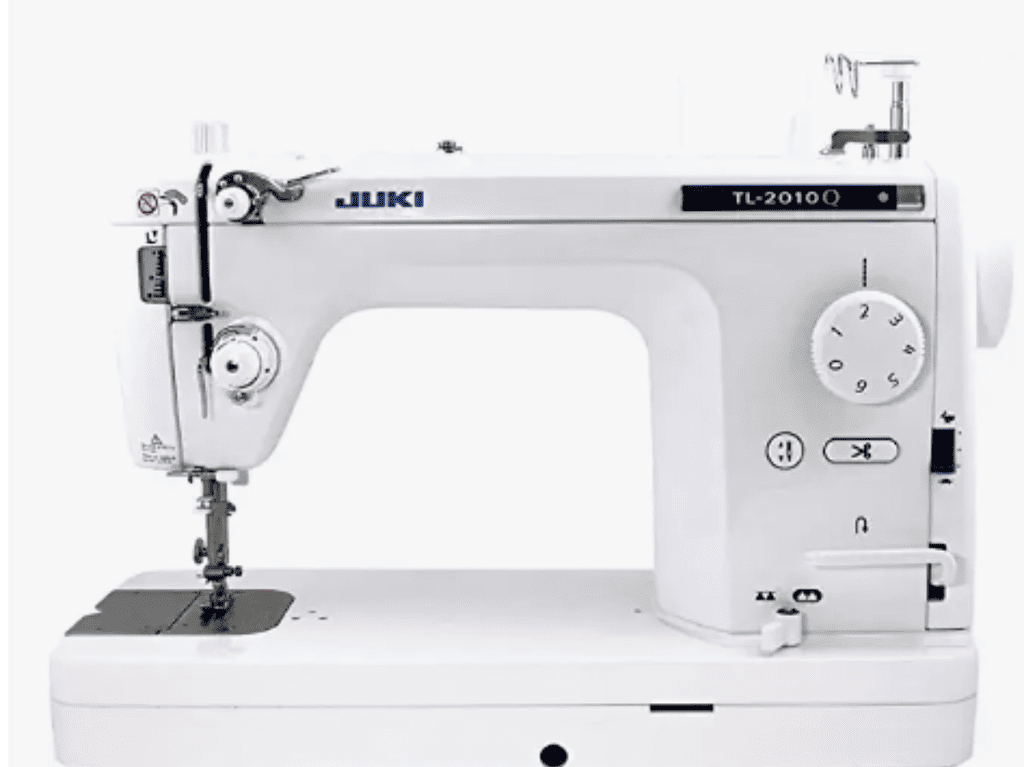

Other Sewing Resources:
If you are new to sewing, we recommend that you start by learning the basics and starting with a simple project like the potholder.
Start with:
Janome Sewing Machine Brands
Janome, as a prominent sewing machine brand, is renowned for its commitment to innovation. The company made a name for itself by introducing the round metal bobbin system, which marked a significant advancement in sewing technology. However, the word Janome truly defined its path with the introduction of the Memory machines.
By incorporating cutting-edge features and technology, Janome has consistently pushed the boundaries of what sewing machines can achieve. The Memory machines, in particular, exemplify Janome’s dedication to innovation and their ability to meet the evolving needs of sewists.
With a focus on combining functionality and ease of use, Janome continues to be a trusted brand for those seeking top-quality sewing machines.
The history of Janome
With a history nearly as extensive as Singer, Janome is a Japanese company whose brand that has left a significant mark in the sewing machine industry.
The story began in 1860 when William Barker and Andrew J. Clark established the production of the “New England Single Thread Hand Sewing Machine” in Orange, Massachusetts. At its inception, it proudly represented an all-American brand.
In 1882, the brand underwent a name change to New Home. However, in 1960, following its acquisition by the Janome Sewing Machine Company of Tokyo, Japan, it adopted the name Janome, which holds a unique significance.
“Janome” translates to “eye of the snake” in Japanese, a name derived from the use of a round metal bobbin system that resembled the eye of a snake.
This innovative design propelled the company forward, solidifying its place in the market and driving ongoing innovation.
Janome’s legacy was further bolstered in 1979 when they introduced the world’s first programmable computer sewing machine, the Memory 7.
The Memory line has since become a standout feature of Janome’s offerings. Their Memory Craft computer models are known for their user-friendly interfaces and exceptional stitch precision, offering sewists a combination of convenience and impeccable results.
Are Janome sewing machines good?
Janome sewing machines are highly regarded, often described as excellent options for both beginners and professionals alike. They offer a diverse range of models that cater to various budgets and preferences.
If you have a budget of around $200, the Janome 2212 is a popular choice, known for its reliability and user-friendly features.
On the other hand, if you have a more generous budget, you might consider the Janome 3160DC Computerized Sewing Machine, which offers advanced functionalities and precise stitching capabilities.
Janome also offers more affordable options, with some sewing machines priced under $100, and even closer to $50. These mini sewing machines come in vibrant colors and boast delightful names such as Blue Couture, Pink Sorbet, Pink Lightning, Watermelon Crush, Lady Lilac, Mystical Mint, Purple Thunder, Bandana Blush, Citrus Circus, and more. These compact machines provide an accessible entry point for those looking to explore sewing on a budget.
Overall, Janome’s wide range of models ensures that sewists of all levels can find a suitable machine that suits their needs and budget.
Most Popular Janome’s Sewing Machines


Bernina Sewing Machine Brands
With a rich history dating back to 1893, this manufacturer has established itself as a provider of top-quality Swiss sewing machines. Their commitment to combining quality, tradition, and innovation is evident in their product offerings, and I wholeheartedly agree with their approach.
Renowned among quilters and sewing enthusiasts, this brand excels in sophisticated technologies. While it may not be the first choice for beginners, it is highly sought after by professionals and dedicated amateurs seeking to achieve exceptional craftsmanship and create exquisite designs.
One area where this brand truly shines is embroidery. Their expertise in this field is unparalleled, and they continuously introduce innovative features and advancements to elevate the art of embroidery.
With their machines, the possibilities for creating stunning embroidered designs are limitless.
In summary, this brand stands out as a leader in the sewing industry, with a strong emphasis on precision, quality, and innovation. Their specialization in embroidery and dedication to delivering top-notch machines make them a go-to choice for professionals and passionate sewing enthusiasts seeking to achieve remarkable results.
The history of Bernina
The journey of Bernina sewing machines began in 1893 when Karl Friederich Gegauf invented the revolutionary hemstitch sewing machine.
This groundbreaking model had the remarkable ability to sew 100 stitches per minute, making it the world’s first machine of its kind. Its popularity quickly spread beyond borders, establishing Bernina as a prominent sewing machine brand.
In 1932, Bernina introduced its first home sewing machine, bearing the brand name that was derived from the highest peak in the eastern Alps. Just like the mountain it was named after, Bernina machines soared to great heights as a beloved sewing machine brand.
The Bernina 830, launched in 1971, achieved legendary status as a bestseller for an impressive 11 years. This model, equipped with electric foot control, captivated sewing enthusiasts with its exceptional performance.
The Bernina 930, introduced as the first model with a stretch stitch function and a powerful engine, further solidified the brand’s reputation for innovation and functionality.
In the mid-1980s, Bernina became an iconic brand among quilters in the United States, gaining a strong following in the quilting community.
The year 1998 marked a significant milestone for Bernina with the launch of the artista 180, the brand’s first sewing computer. This marked the beginning of Bernina’s foray into the computer age, ushering in a new era of advanced sewing technology.
In 2002, Bernina once again made history by introducing the world’s first sewing computer featuring the Microsoft Windows operating system, further pushing the boundaries of innovation in the industry.
In 2004, the aurora 440 QE emerged as the preferred choice for discerning quilters. This exceptional machine, equipped with the BSR (Bernina Stitch Regulator), ensured uniform stitch lengths in free-motion stitching, catering to the specific needs of quilting enthusiasts.
The journey of Bernina is adorned with numerous other innovations and achievements, which can be explored in greater detail on their official website.
As a brand, Bernina has continually strived to blend tradition, innovation, and cutting-edge technology, cementing its position as a leader in the sewing machine industry.
Most Popular Bernina Sewing Machines


Pfaff Sewing Machine Brands
Indeed, Pfaff sewing machines are highly regarded in the industry. However, it’s worth noting that Pfaff primarily caters to more experienced users and professionals. They offer a limited selection of models targeting amateurs, typically priced around $300.
When it comes to pricing, Pfaff machines tend to be on the higher end. It’s not uncommon to find models ranging from $1,000 to $2,000, with some high-end options reaching prices as high as $20,000. These premium machines are designed to meet the demands of professionals and serious sewing enthusiasts.
Pfaff’s strength lies in their expertise in embroidery and quilting machines. They have established a reputation for excellence in these areas. Nevertheless, their sewing machines are equally impressive in terms of performance and features.
One notable example of Pfaff’s high-end offerings is the Pfaff creative icon sewing and embroidery machine, which represents the pinnacle of their technological advancements.
The History of Pfaff
With a rich history spanning over 150 years, Pfaff is a renowned sewing machine company known for its commitment to excellence. According to the manufacturer, their brand is synonymous with premium sewing machines that boast both elegant designs and exceptional performance.
The legacy of Pfaff began in 1862 when Georg Michael Pfaff introduced the first sewing machines, driven by a relentless pursuit to innovate and modernize sewing technology.
Their success was undeniable, as evidenced by the milestone of reaching 1 million machines sold to the public by 1910. The brand’s popularity continued to soar, and in 1950, they celebrated the remarkable achievement of selling 5 million machines.
Pfaff’s commitment to innovation became evident with the release of their first computerized sewing machine featuring Integrated Dual Transport (IDT). This groundbreaking technology allowed users to program their own stitches, offering newfound creative possibilities.
In 2011, Pfaff unveiled their most advanced and top-of-the-line model, the Pfaff creative sensation sewing and embroidery machine, showcasing their dedication to pushing the boundaries of sewing machine capabilities.
Continuing their tradition of innovation, Pfaff introduced the Pfaff creative icon sewing and embroidery machine in 2017. This cutting-edge model promised seamless connectivity, unparalleled power, and maximum workspace, catering to the needs of discerning sewists.
Through their remarkable history, Pfaff has established itself as a leader in the sewing machine industry, consistently delivering premium machines that embody sophistication and superior performance.
Husqvarna Viking
One notable aspect about Husqvarna Viking is its connection to Singer and Pfaff, as all three brands have been acquired by SVP Worldwide. Despite this common ownership, they remain distinct brands, each offering unique machines with different focuses and innovations.
Among the three, Pfaff tends to be the most expensive, while Singer provides more accessible options.
Husqvarna Viking falls somewhere in between, offering a range of machines with varying price points. They have several more affordable models, such as the Husqvarna Viking H Class priced at $200-$300, and the Husqvarna Viking Jade priced around $500.
On the higher end, Husqvarna Viking also offers machines that exceed $10,000 in price, catering to professionals or those seeking advanced features and capabilities.
History of Husqvarna Viking
The origins of Husqvarna Viking trace back to its roots as a royal arms factory in Husqvarna, Sweden, established in 1689. However, it transitioned into a sewing machine factory in 1872, and to this day, the brand’s products are designed in Sweden.
In 1903, Husqvarna Viking introduced the oscillating bobbin, a breakthrough in sewing machine technology that revolutionized the market and earned the reputation of being the “sewing machine for families and craftsmen.” This innovation dominated the industry for five decades.
In 1960, the company launched the Husqvarna 2000, an easy-to-use machine featuring color-coded settings and automated feed for elastic stitches.
Building on their legacy of innovation, in 1972, Husqvarna Viking unveiled the Husqvarna Centennial, a groundbreaking sewing machine that operated without the need for lubrication.
In 1994, the Husqvarna Viking Orchidea was introduced, offering sewers limitless creativity along with professional-grade machine embroidery capabilities.
Continuing their tradition of pushing boundaries, Husqvarna Viking released the Designer Diamond DeLuxe sewing and embroidery machine in 2011, followed by the Designers Epic machine in 2015.
The Designers Epic featured a revolutionary tablet-like interface with step-by-step animated tutorials, setting a new standard in user-friendly technology.
Most popular Husqvarna Viking Machines
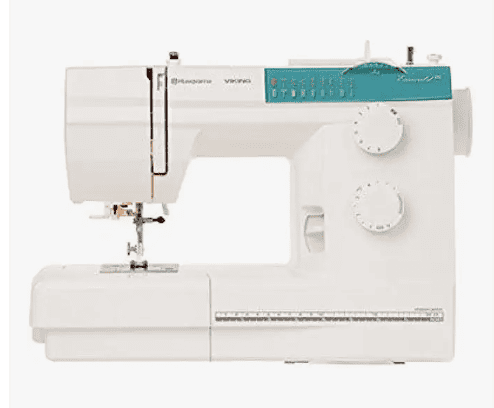
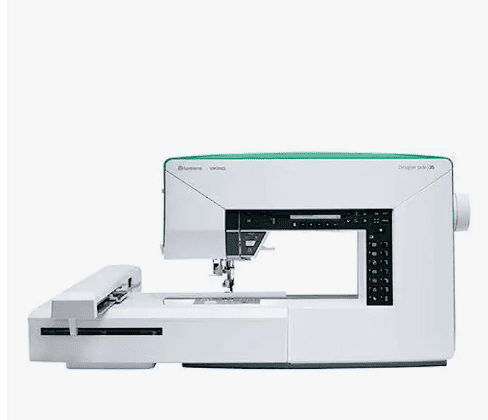
Fabric Giveaway
Enter our monthly fabric giveaway. Simply complete the tasks daily and you will be entered into the drawing. Winner will be randomly drawn on the first day of the month and notified via email
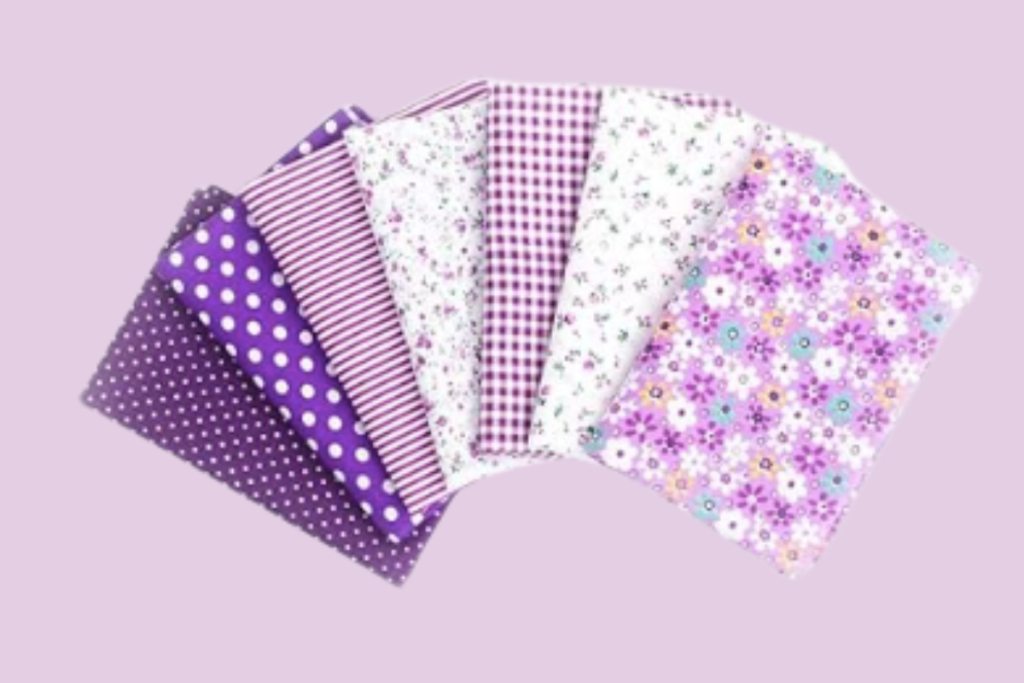

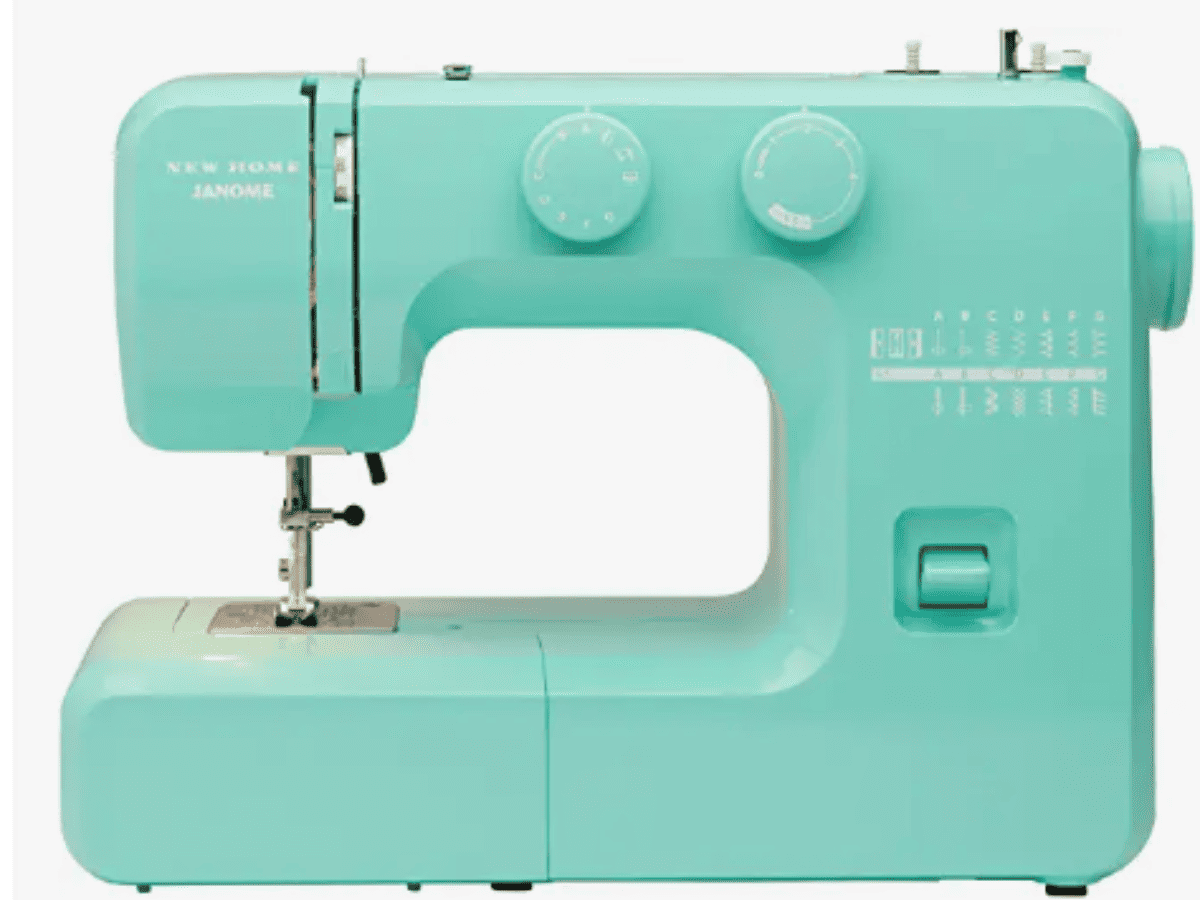
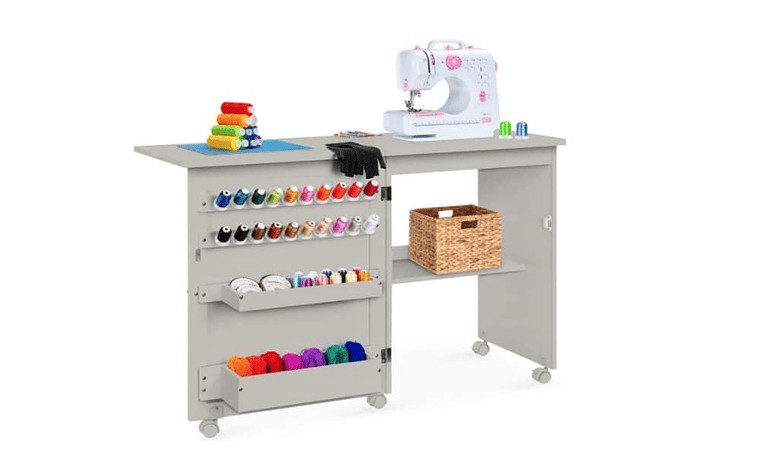
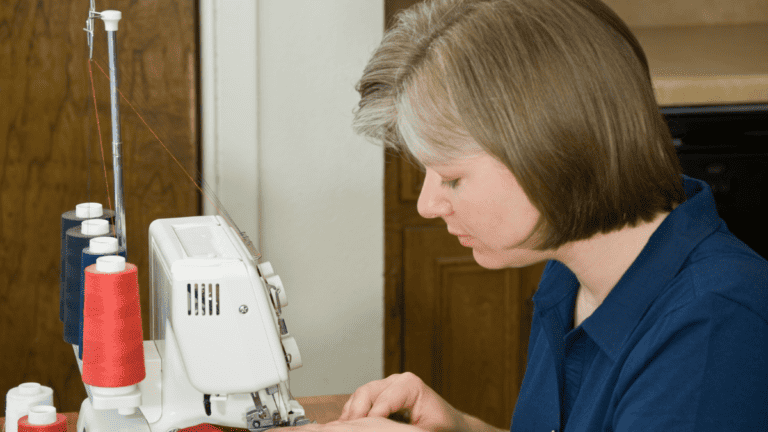
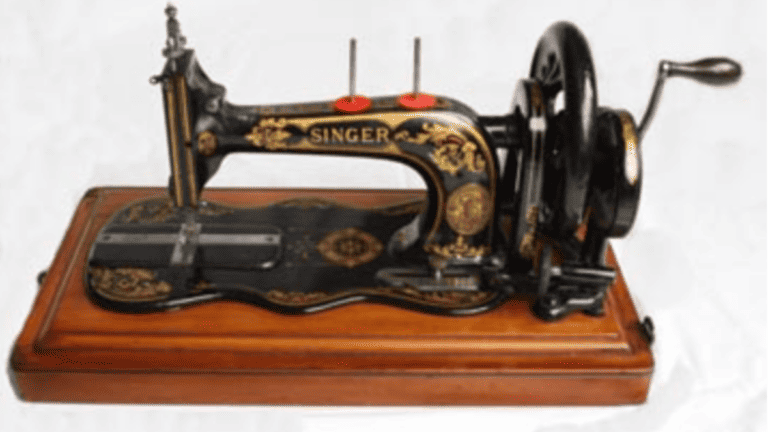
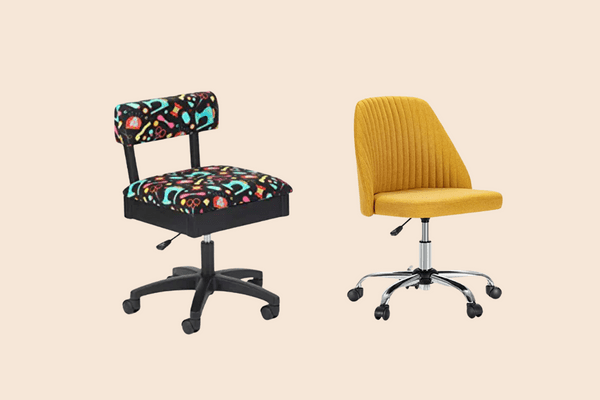
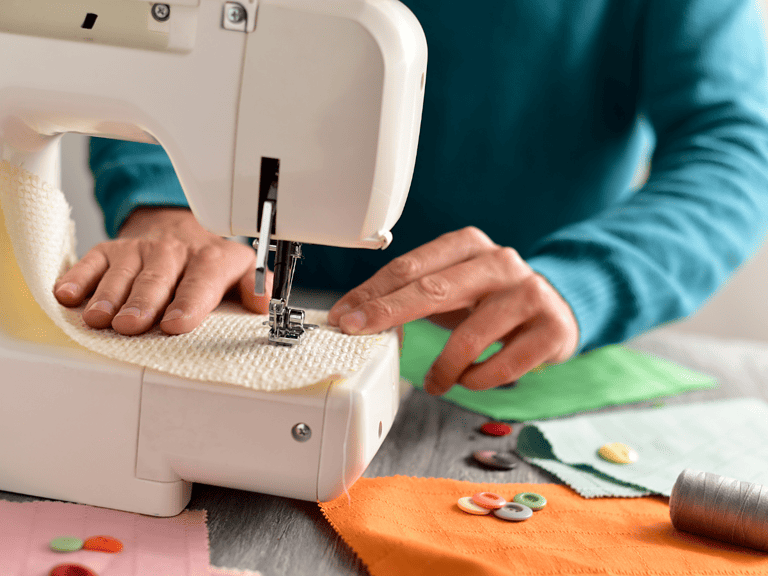
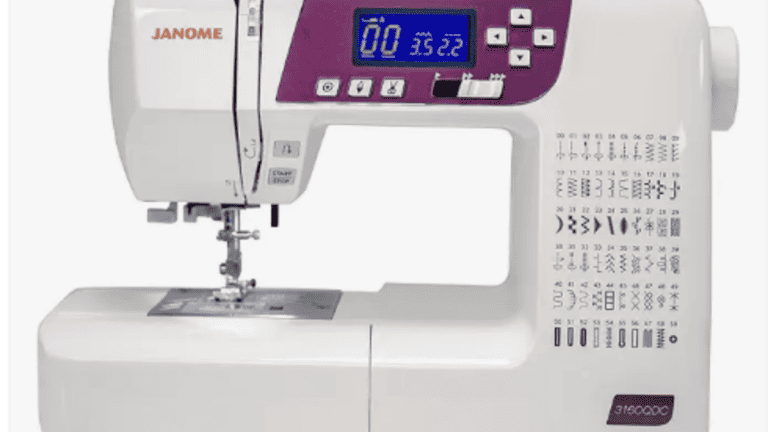
One Comment